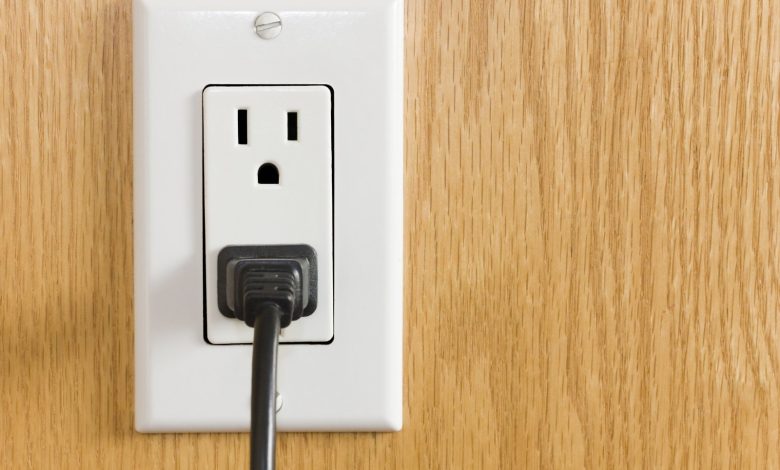3 Things to Know About an AC Power Source

The AC power source market was valued at $1.7 billion and is expected to grow at a compound annual growth rate of 2.2% from 2022 to 2027.
Electricity is a crucial part of our everyday lives in the modern world. It is vital for everything from powering our homes to operating industries and firms. Today, we will discuss the complexities of an AC power supply.
Continue reading to learn more about the things to know about an AC power source.

The Basics of AC Power
Know the basics before getting into the more complex parts of AC power sources. AC is a form of electrical current in which the direction of electron movement alternates regularly. This alternating nature separates alternating current (AC) from direct current (DC), which travels in one direction.
AC power sources are widely used for a variety of purposes, including:
Voltage Reversal
It is one of the distinguishing properties of alternating current electricity. This voltage reversal is crucial to AC’s capacity to transport electricity over long distances.
Easy Voltage Transformation
AC electricity may be easily converted from one voltage level to another. It is critical in power distribution because electricity must be stepped up to high voltages for efficient long-distance transmission before being stepped down to lower voltages for safe usage in homes and businesses.
Alternators and Generators
These are used to create alternating-current electricity. These devices generate electricity by revolving a wire coil within a magnetic field. It also results in an alternating current.
The Importance of Frequency
Frequency is a crucial quantity connected with alternating current power sources. It is measured in Hertz (Hz) and refers to the number of cycles or oscillations of alternating current that occur in one second. Understanding the value of frequency is critical for several reasons:
Standardization
Different AC frequencies are used in different parts of the world. The United States and Canada use 60 Hz, but much of Europe and other regions use 50 Hz. This difference might affect the interoperability of electrical appliances and equipment between locations.
Synchronization
Keeping synchronization among diverse AC power sources is critical in complex power systems. Synchronization is accomplished by controlling generators and power grid infrastructure.
Frequency Conversion
Converting AC electricity from one frequency to another may be essential. Frequency converters are used in areas such as aerospace and manufacturing. Also, specialized equipment needs a specific frequency to function.
Power Factor and Efficiency
Another feature of AC power sources is the power factor. It must be understood to optimize electrical systems.
Definition of Power Factor
The power factor is the ratio of actual to perceived power. It is between 0 and 1, with higher numbers suggesting a higher power factor and more efficient power use.
Importance of Power Factor
Low power factors can lead to inefficiencies and higher energy expenses. Electrical systems with a low power factor need more current to supply the same amount of actual power. It also results in more significant energy losses and device stress in equipment.
If you’re looking for a reliable power source, check Aegis Power Systems, which provides a full array of power supplies and power converters for a number of markets.
Exploring Things to Know About an AC Power Source
It is crucial to comprehend all key features of AC power source. The first step for anyone seeking to use an AC power source is to know about the possibilities, the basics of circuits, and safety precautions for power input. Stay safe by seeking out qualified assistance as necessary!
Did you find this article helpful? If so, check out the rest of our blog for more informative content.





